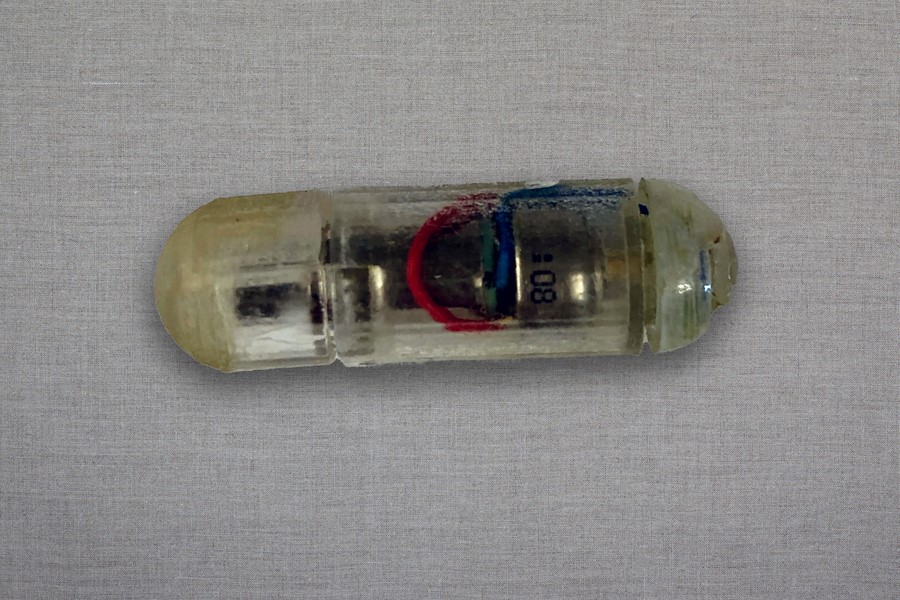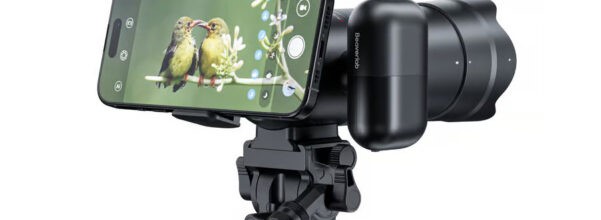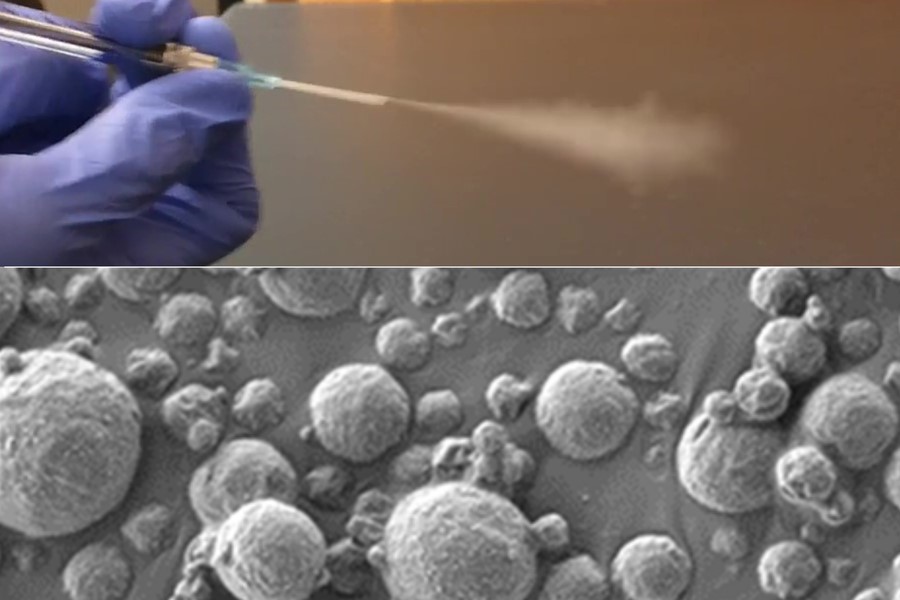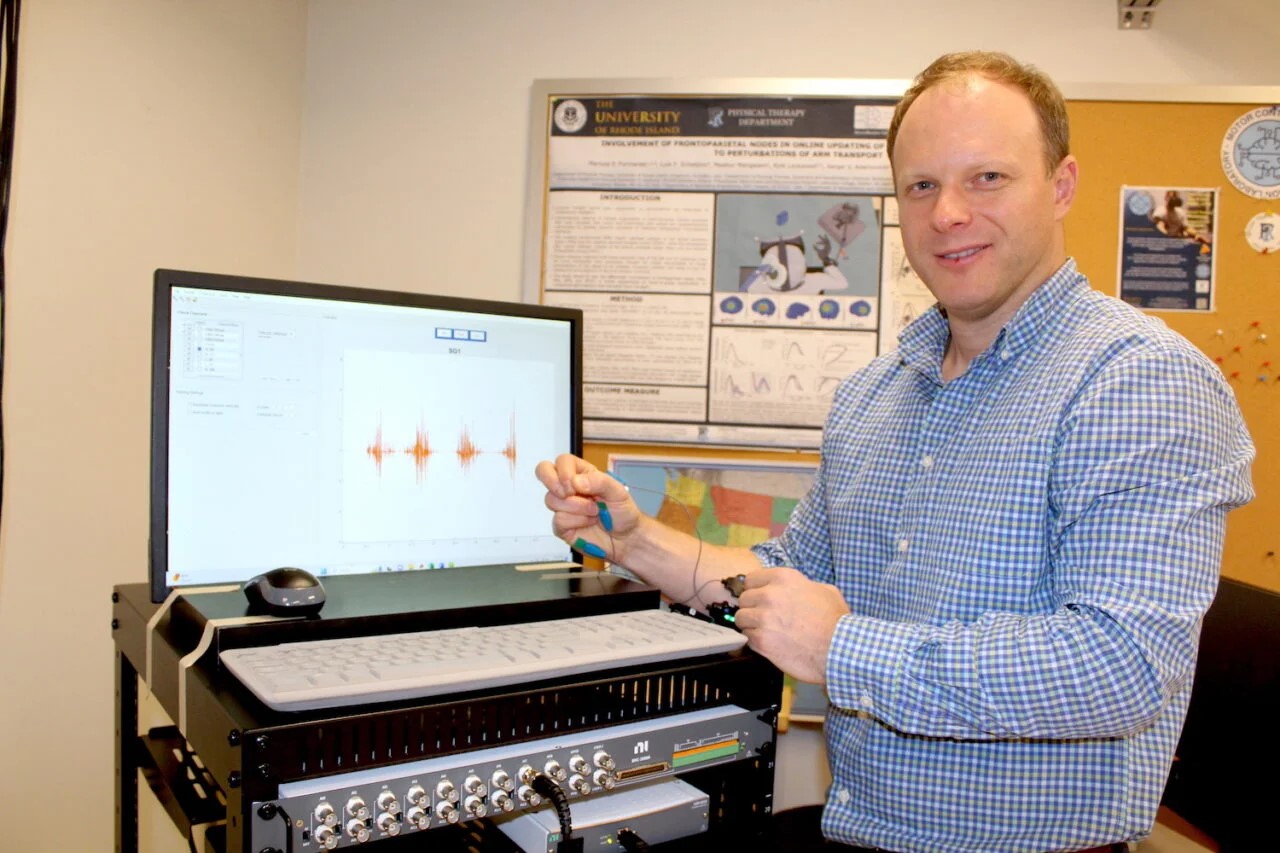Utilizing Body's Static Electricity to Power Water Purifiers
Static electricity has transitioned from mere party tricks to a viable energy source in the past decade, as scientists repurpose the mechanism behind doorknob shocks for practical electricity. Recent advancements in this technology hold promise for improving access to clean water, although some upgrades are required.
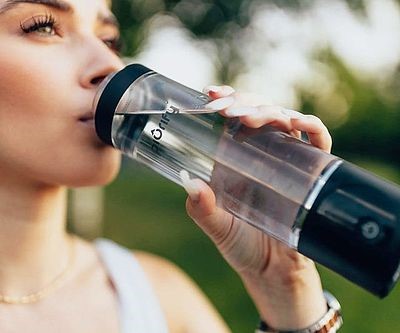
Figure 1. Utilizing Body's Static Electricity to Power Water Purifiers.
Figure 1 shows Utilizing Body's Static Electricity to Power Water Purifiers Since the introduction of the triboelectric nanogenerator, which utilizes static electricity to power circuits, researchers have explored numerous potential applications, ranging from footstep-powered floor lights to self-sterilizing face masks. Now, Guangqin Gu and his team at Henan University in China have developed a device that utilizes the same principle to eradicate microorganisms in water — a breakthrough with the potential to produce clean drinking water in remote areas. The team published their findings in July in the journal Nanotechnology.
Around 600 B.C., ancient Greek philosophers observed that rubbing fur on amber caused the fossilized sap to attract lightweight objects. Centuries later, scientists attributed this phenomenon to the triboelectric effect, or static electricity (derived from the Greek word for "amber"). When certain materials, like wool socks and carpet, come into contact, electrons transfer between them, resulting in a buildup of positive charge on one and negative charge on the other. Upon separation, the charged surfaces can lift light objects or discharge electricity, akin to lightning. The triboelectric nanogenerator captures the voltage generated by this separation as electrons migrate, converting mechanical energy into usable electricity
Gu and his team exploit this effect using two thin disks made of copper and polytetrafluoroethylene, the polymer used in nonstick pans, instead of amber and feathers. In their self-powered system, a controlled stream of water rotates one disk at a consistent rate, resulting in repeated contact with the other disk, similar to fingers brushing against fan blades.
"As the two materials come into contact, they exchange charges, which can then be connected to a circuit to generate useful electricity," explained Matt Stilwell, a researcher at the University of Wisconsin-Madison who was not involved in the study.
The electric field produced by the device destroys the cell membranes of bacteria in the water, droplet by droplet, through a process called electroporation. Testing with water contaminated with Escherichia coli and Staphylococcus aureus, pathogens responsible for diseases like appendicitis and sepsis, respectively, resulted in complete inactivation of both bacterial strains after two cycles through the machine.
"Purifying water of biological contaminants has been a primary focus of public health efforts for many decades worldwide," stated Brent Haddad, director of the Centre for Integrated Water Research at the University of California, Santa Cruz. "Any technology that can lower costs and enhance the efficiency of biological treatment will be widely adopted and beneficial to society."
Although other researchers have attempted to use this technology for water purification, the team from Henan University is the first to achieve success without introducing contaminating ions or significantly altering the water's acidity. However, the primary limitation of the technology is its output performance, which is not yet strong or reliable enough for practical real-world applications. Although the device effectively eliminates bacteria, it achieves complete sterilization of the water at a slow rate of 0.31 millilitres per minute — equivalent to over 45 minutes for a tablespoon of water.
Gu noted that the technology needs adaptation to enhance durability and increase charge production, which would enable sterilizing larger volumes of water. Implementing these improvements could take several years. However, if enhanced, a single device could potentially purify several thousand gallons of water over a 10-year period.
"I anticipate that building one of these devices would cost less than $5," Gu remarked. This affordability makes the solution particularly practical for disaster relief efforts and long-term usage in remote and underdeveloped regions.[1]
While bacteria are not the sole contaminants in water, addressing them requires distinct systems. Filtering out sediments and chemicals would necessitate different approaches. However, as Brent Haddad points out, biological pollutants like bacteria pose the most immediate threat to human health.
Regarding novel water sterilization techniques, Haddad emphasized the importance of taking them seriously and allowing them the opportunity to demonstrate their effectiveness. Even if progress is slow, as in this instance, every effort counts, even if it begins with just one drop at a time.[2]
Reference:
- https://www.ethoswatches.com/the-watch-guide/urwerk-space-time-blade-nixie-tubes/
- https://newatlas.com/technology/urwerks-spacetime-nixie-clock/
Cite this article:
Gokila G (2024), Utilizing Body's Static Electricity to Power Water Purifiers., AnaTechMaz , pp. 248


